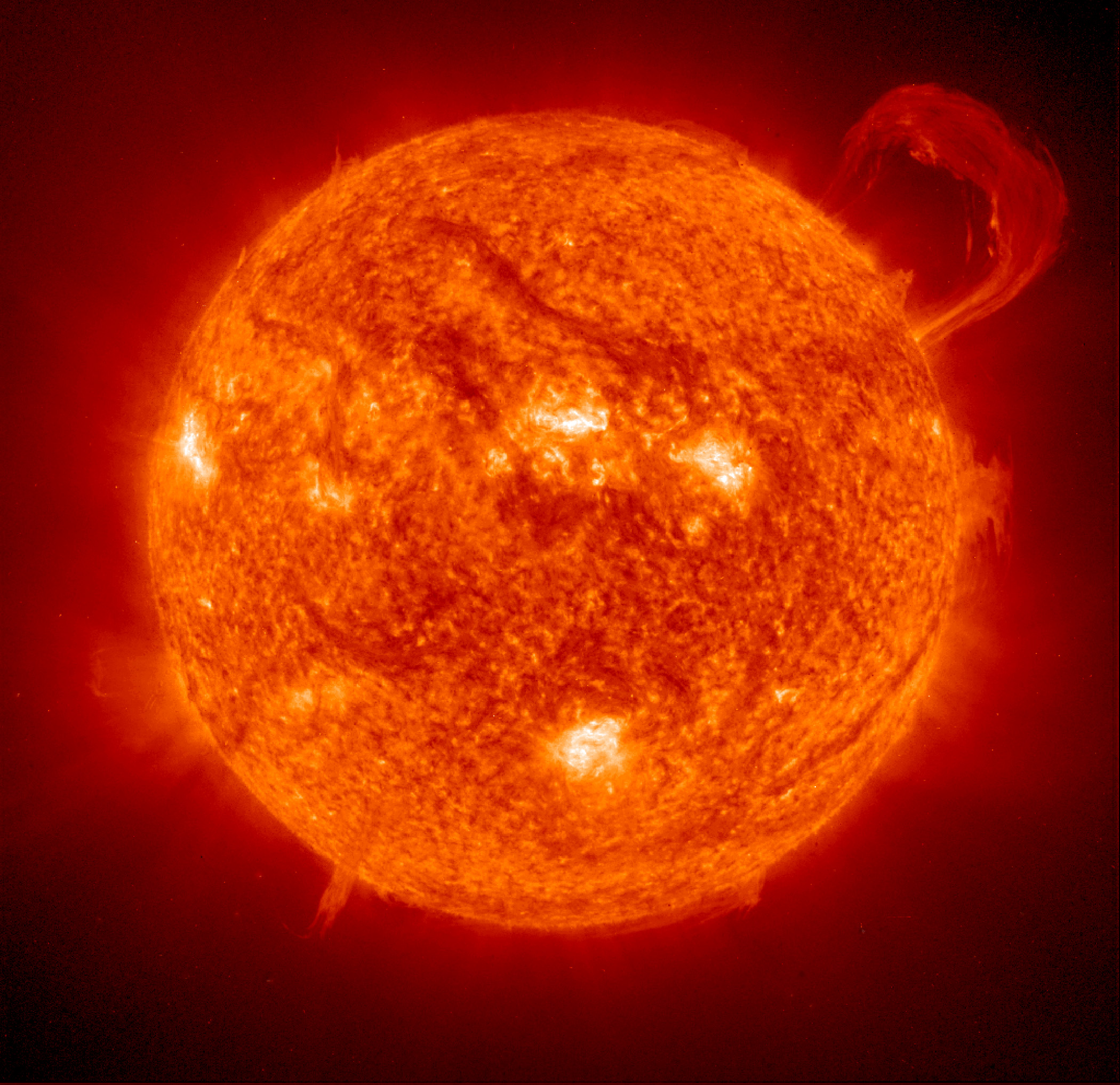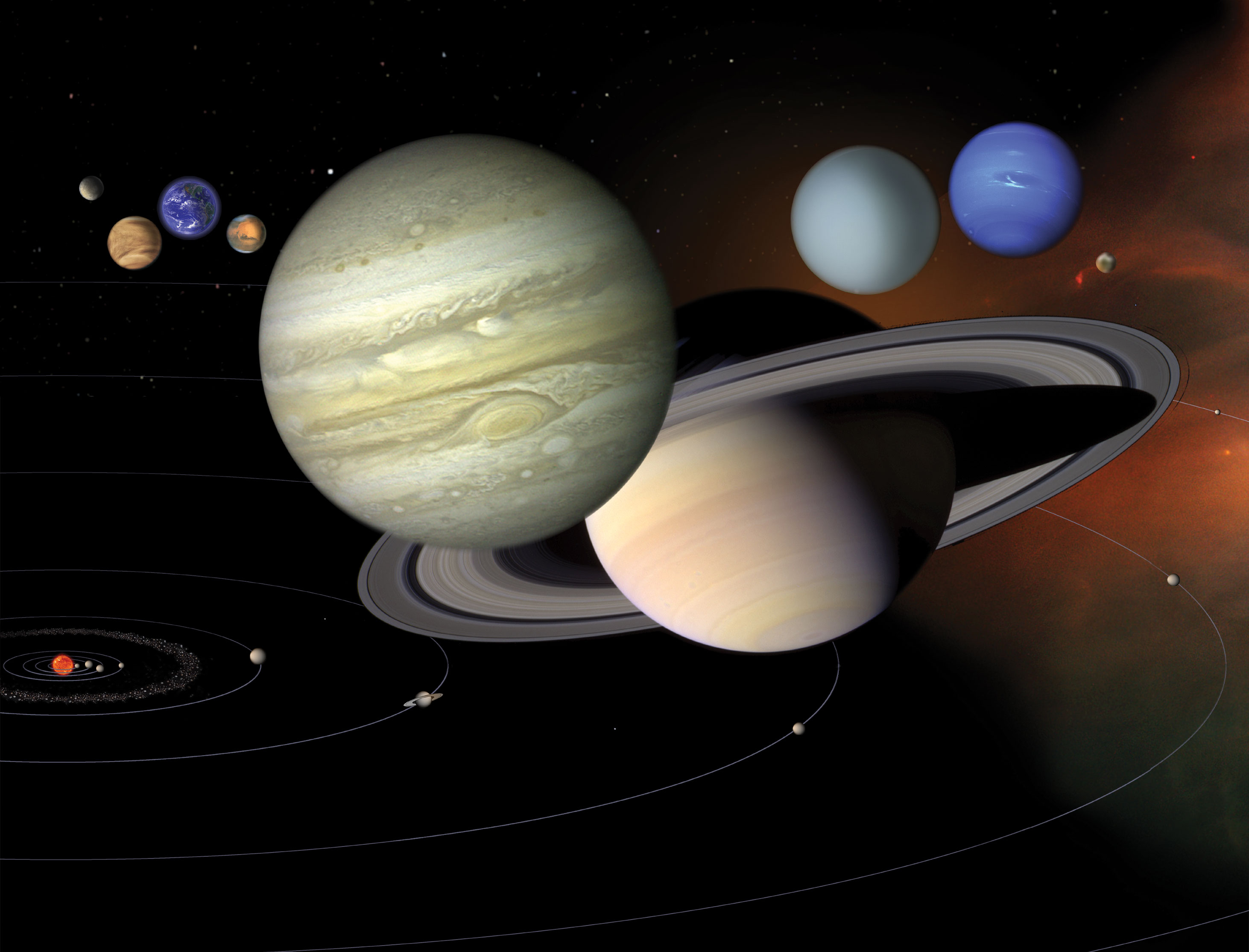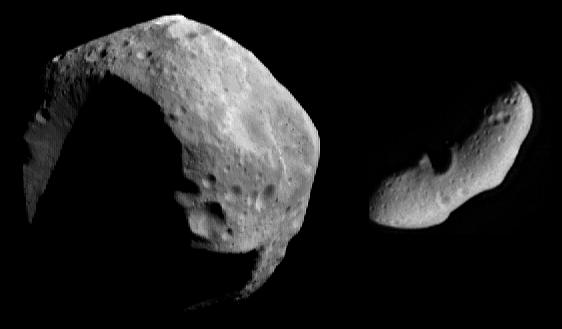Isonoe
Discovery
Isonoe was discovered Nov. 23, 2000, by Scott S. Sheppard, David C. Jewitt, Yanga R. Fernandez, and Eugene Magnier at the Mauna Kea Observatory in Hawaii.
Overview
Isonoe is a member of the Carme group, a family of Jovian satellites which have similar orbits and appearance and are therefore thought to have a common origin. The group probably began as a D-type asteroid (possibly from the Hilda family or the Jupiter Trojans) that suffered a collision, which broke off a number of pieces, either before or after being captured by Jupiter's gravity. The largest remaining chunk (still retaining 99% of the group's mass) was named "Carme," and the smaller pieces became the other 16 moons in the Carme group.
All of the Carme moons are retrograde, which means that they orbit Jupiter in the opposite direction from the planet's rotation. Their orbits are also eccentric (elliptical rather than circular) and highly inclined with respect to Jupiter's equatorial plane. They all are very similar in color -- light red -- except for Kalyke, which is considerably redder than the others. All of these characteristics support the idea that the Carme satellites began as a captured asteroid, rather than forming as part of the original Jupiter system. None of the Carme members is massive enough to pull itself into a sphere, so they are probably all irregularly shaped.
Isonoe has a mean radius of about 1.1 miles (1.9 kilometers). At a mean distance of about 14.4 million miles (23.2 million kilometers) from Jupiter, the satellite takes about 726 Earth days to complete one orbit.
How Isonoe Got its Name
Originally called S/2000 J6, Isonoe was named for the mother of Orchomenus by Zeus, the Greek equivalent of the Roman god Jupiter. Isonoe was one of the 50 daughters of Danaus in Greek legend. Danaus agreed to the marriage of his 50 daughters to the 50 sons of Aegyptus, his twin brother, but commanded his daughters to kill their new husbands in their sleep on their wedding night. All but one complied. For some reason, Danaus had difficulty finding suitors for his daughters after that, so he offered them as prizes in a foot race. Danaus' daughters were ultimately condemned in Hades to endlessly attempt to fill a bottomless water vessel.
A name ending in "e" was chosen for this moon in accordance with the International Astronomical Union's policy for designating outer moons with retrograde orbits.




